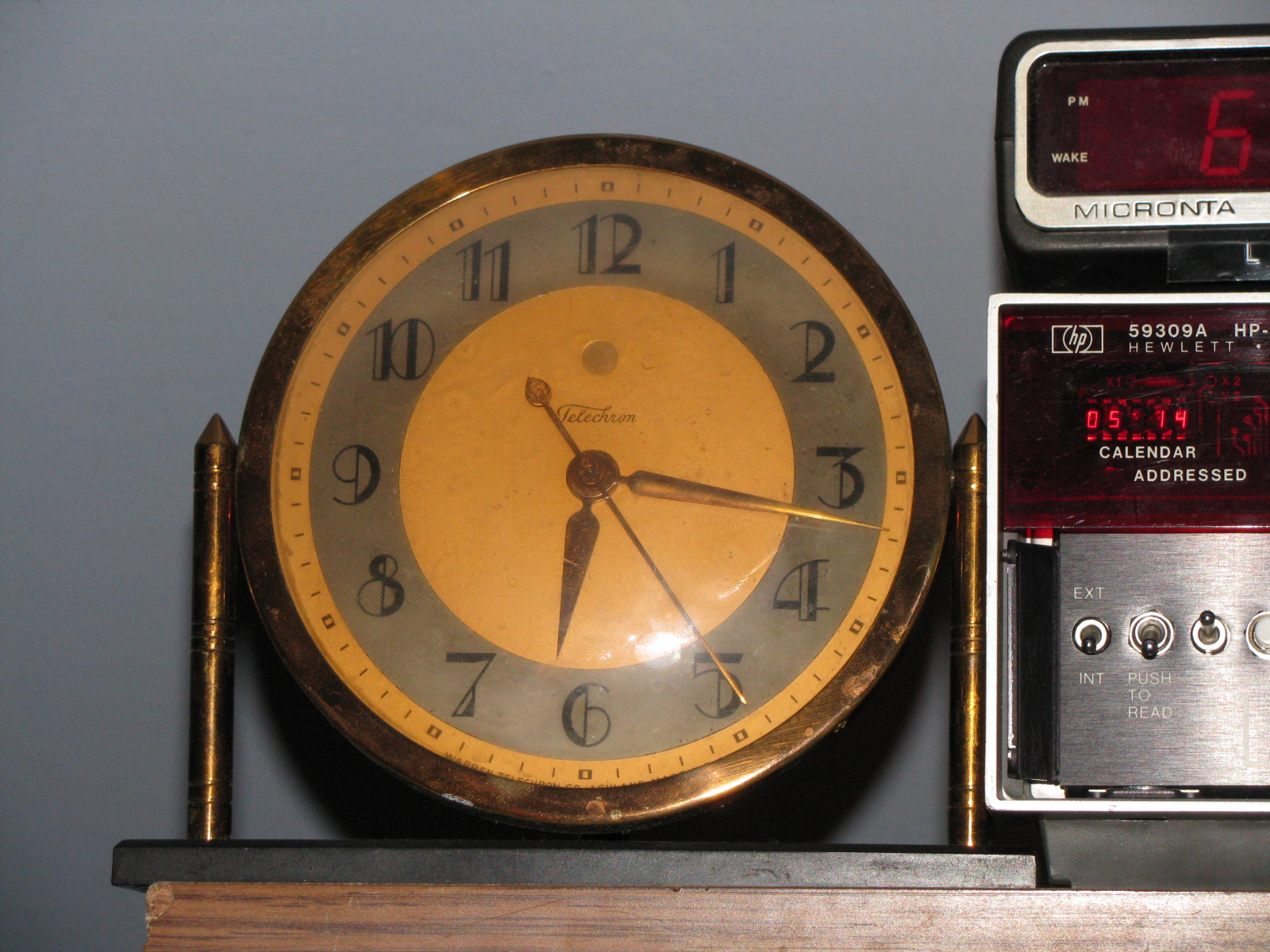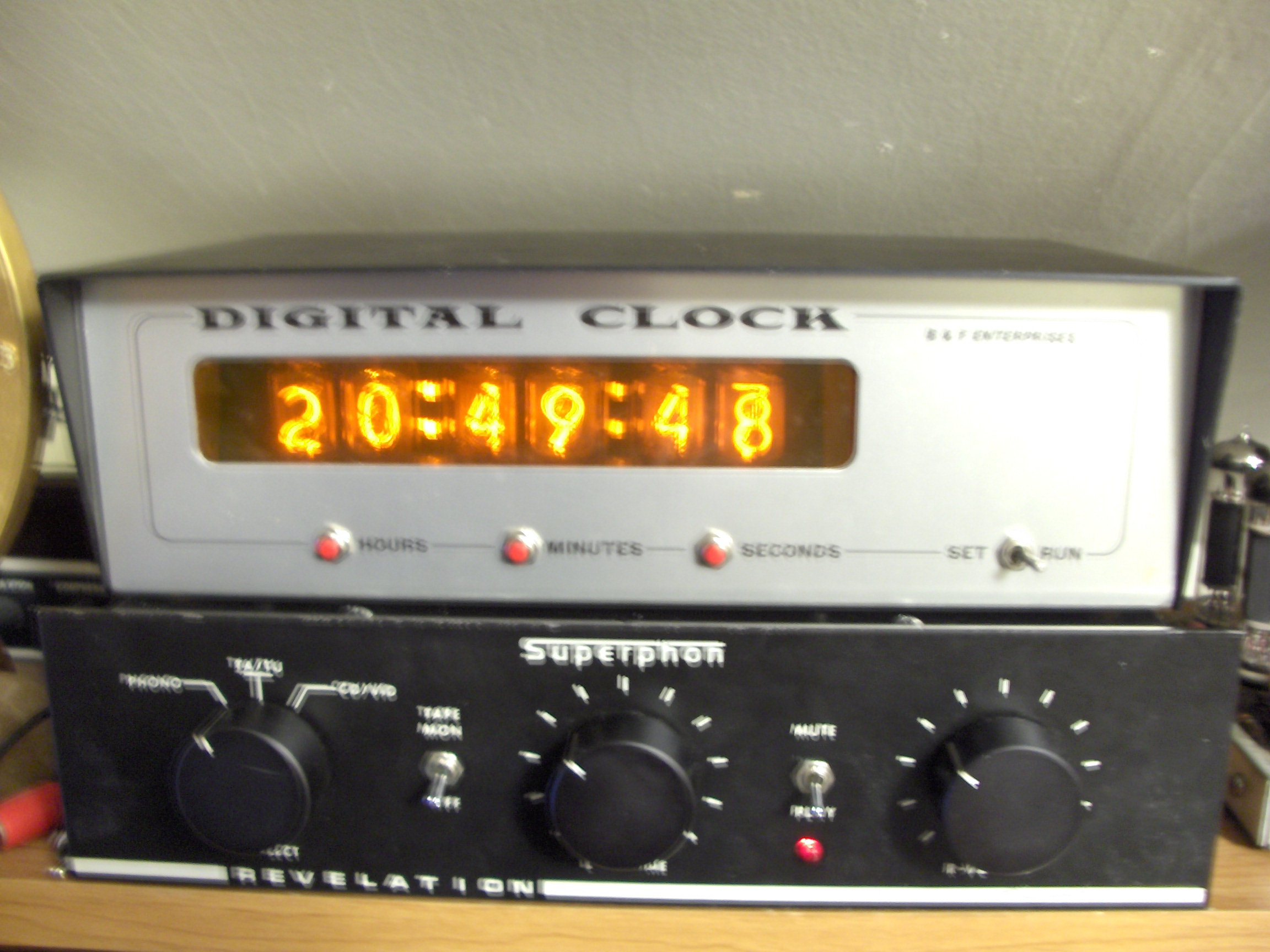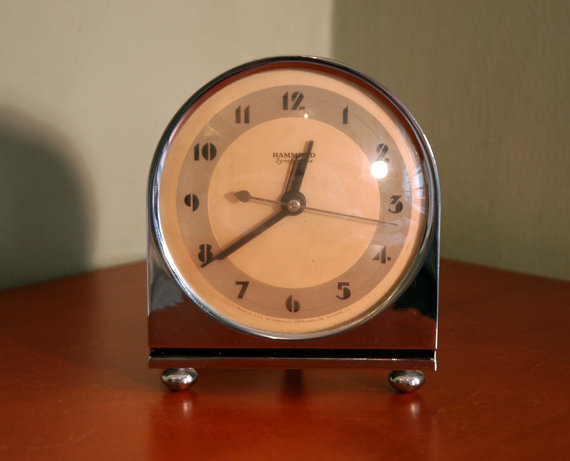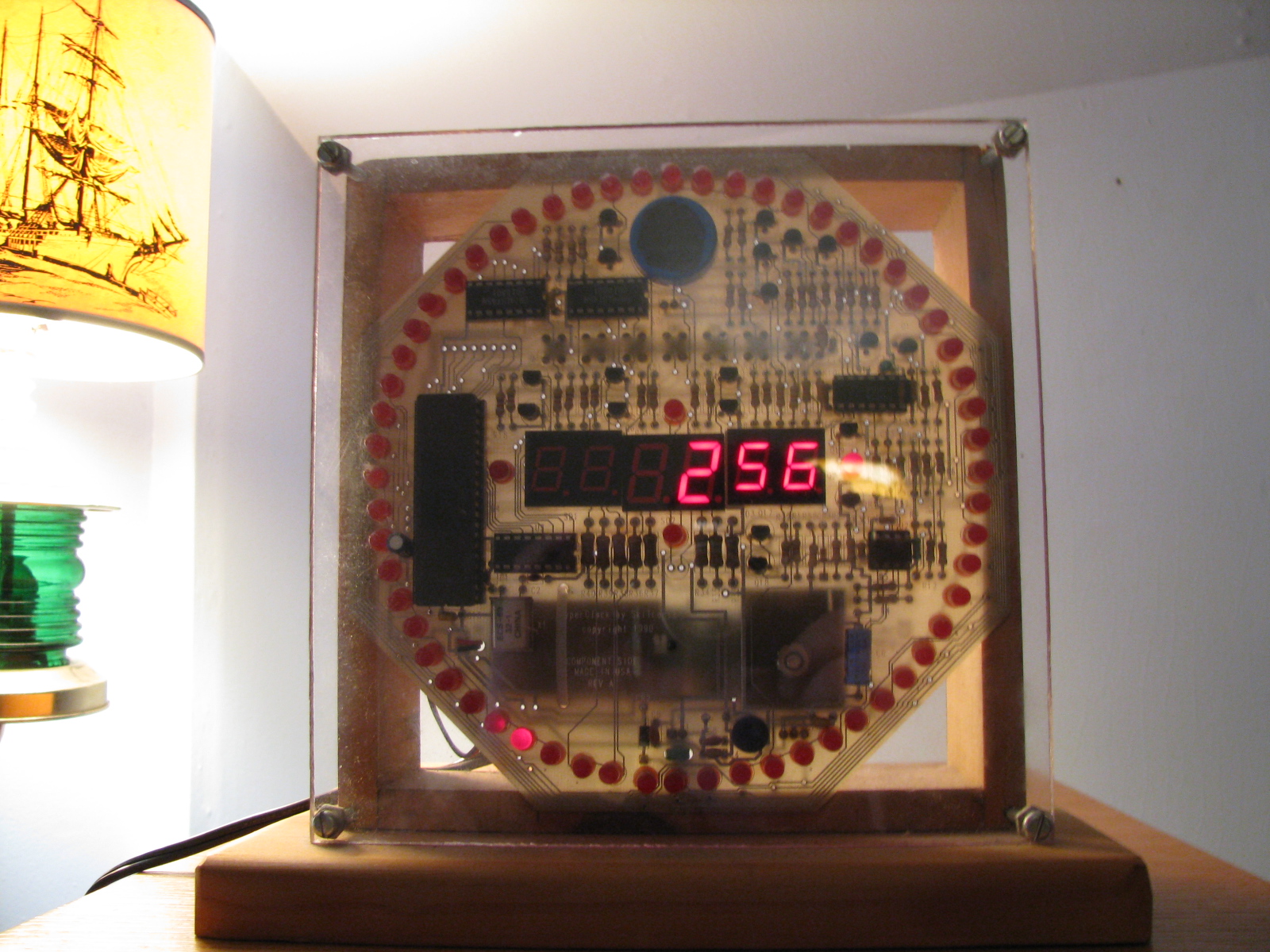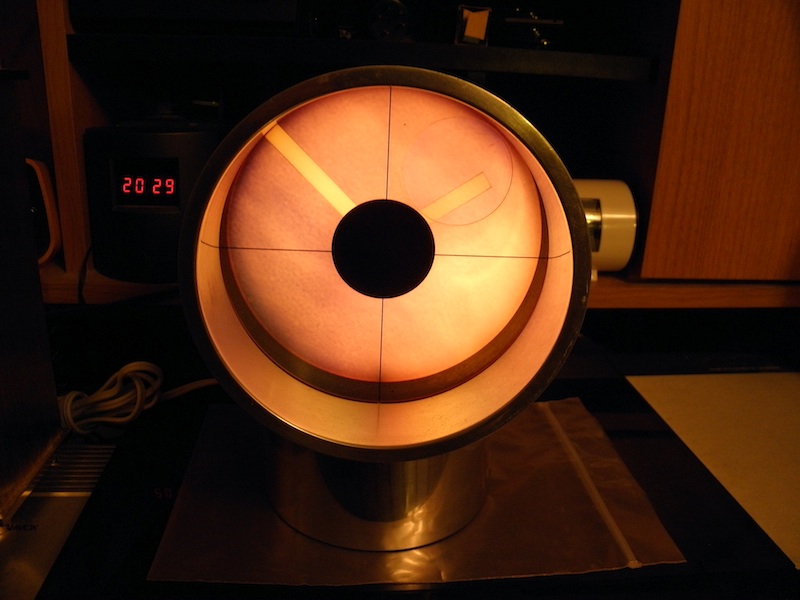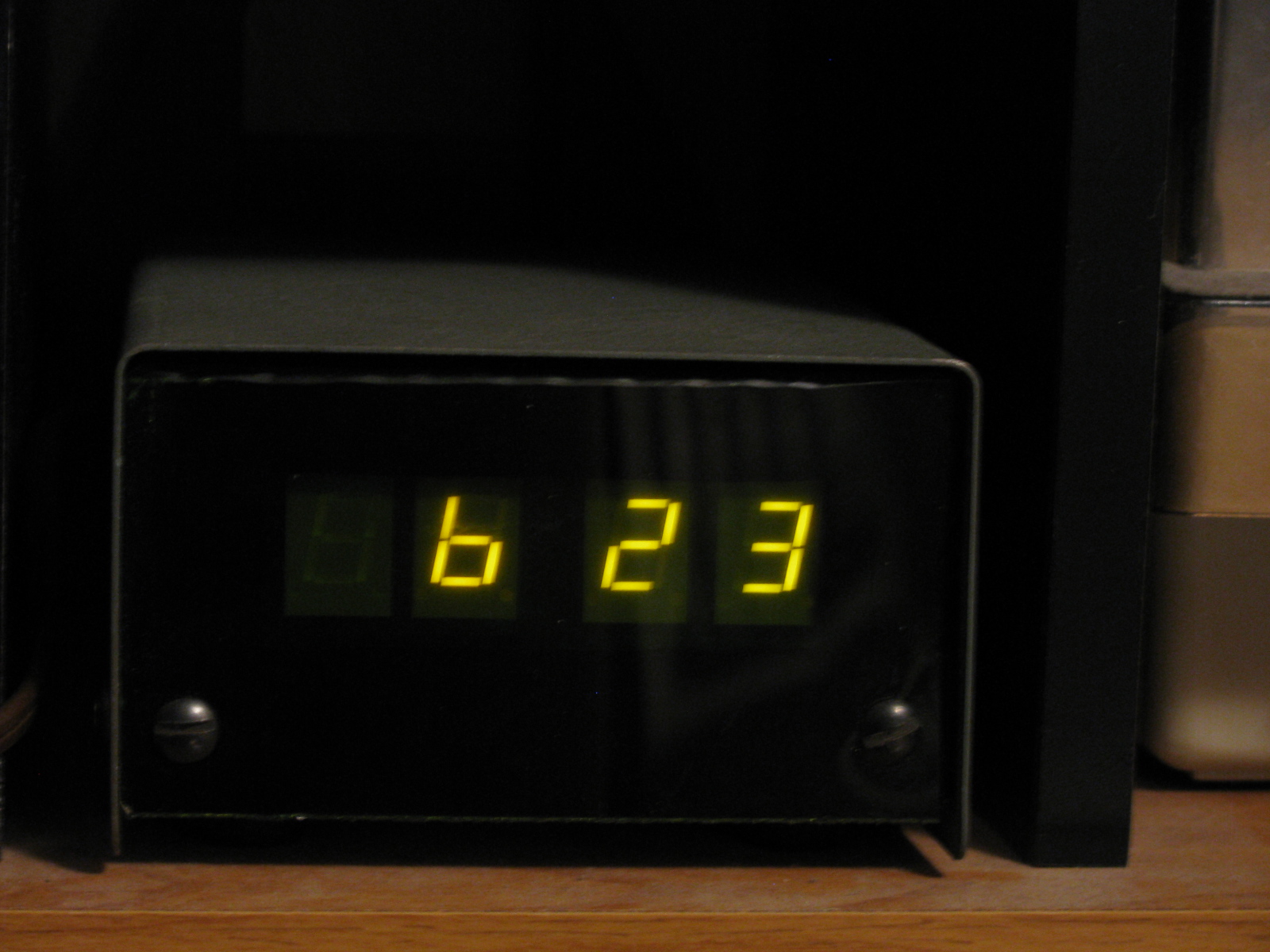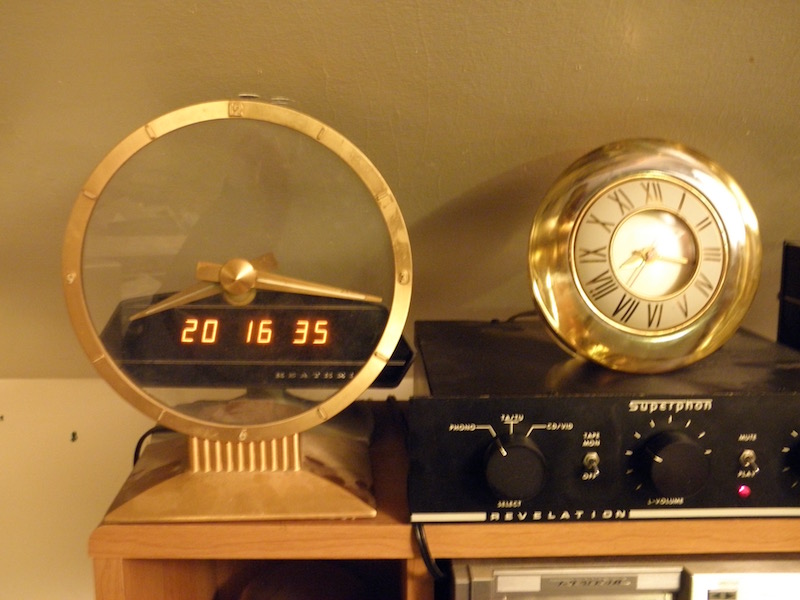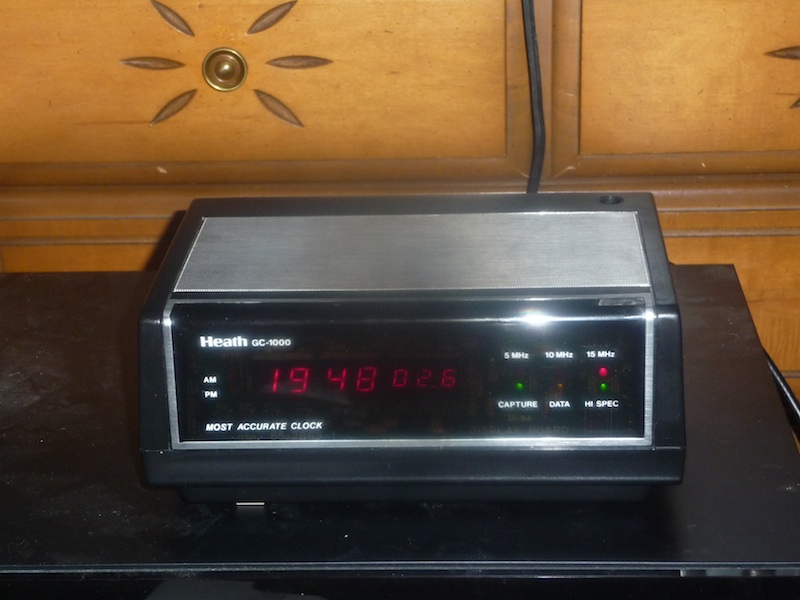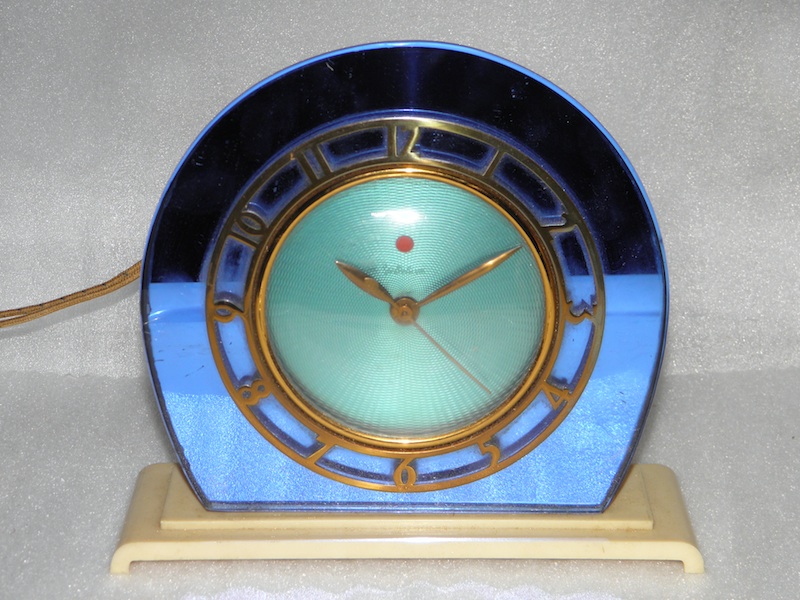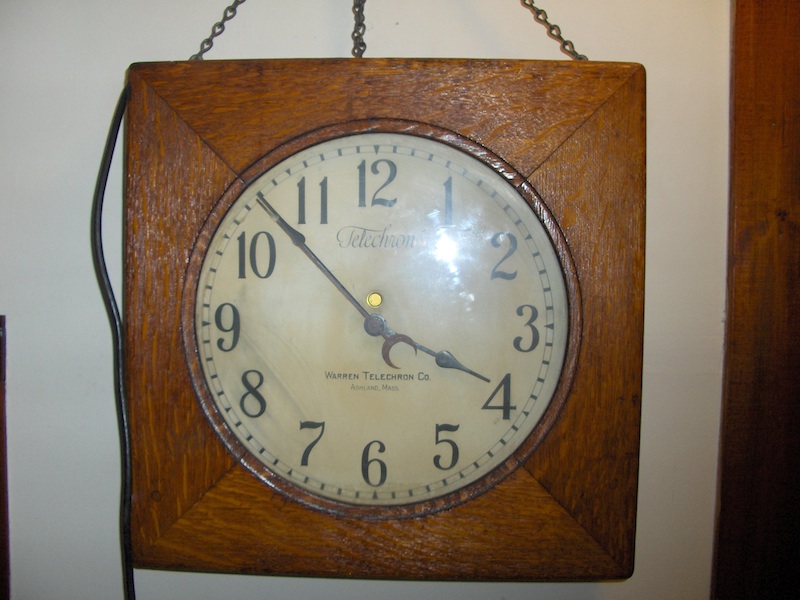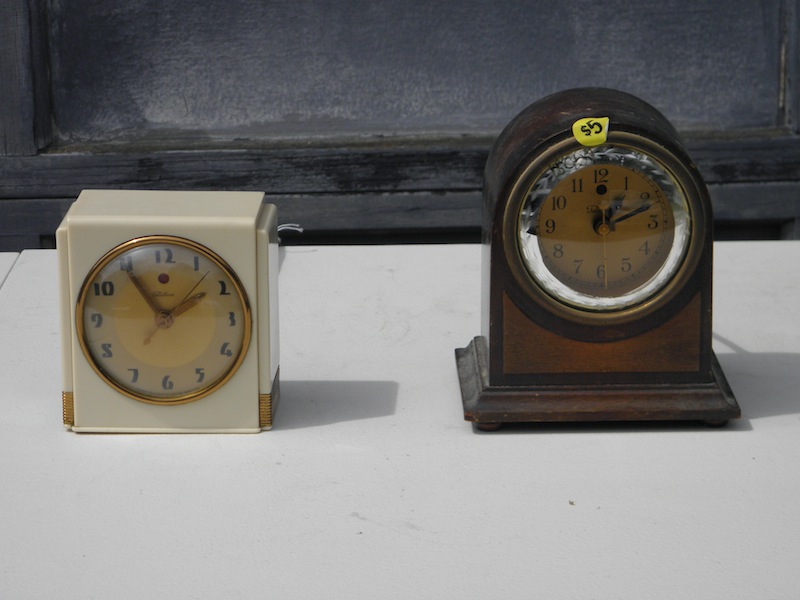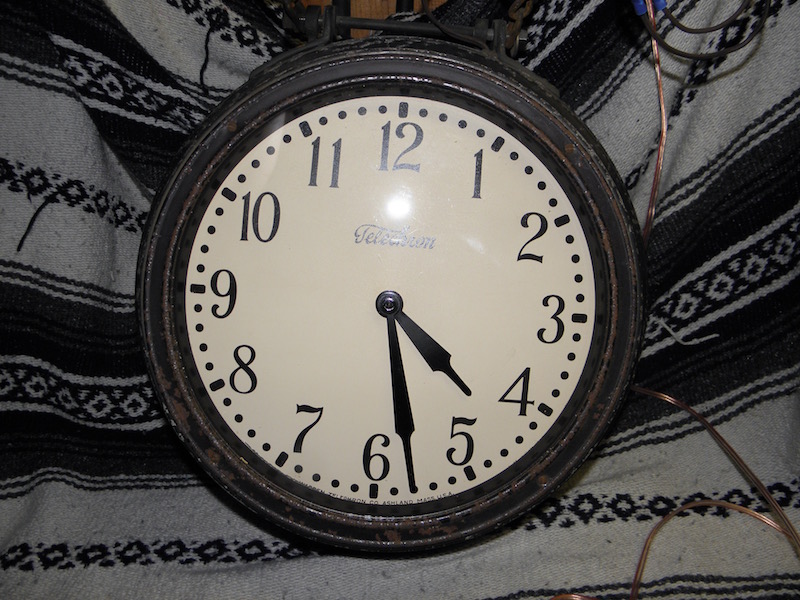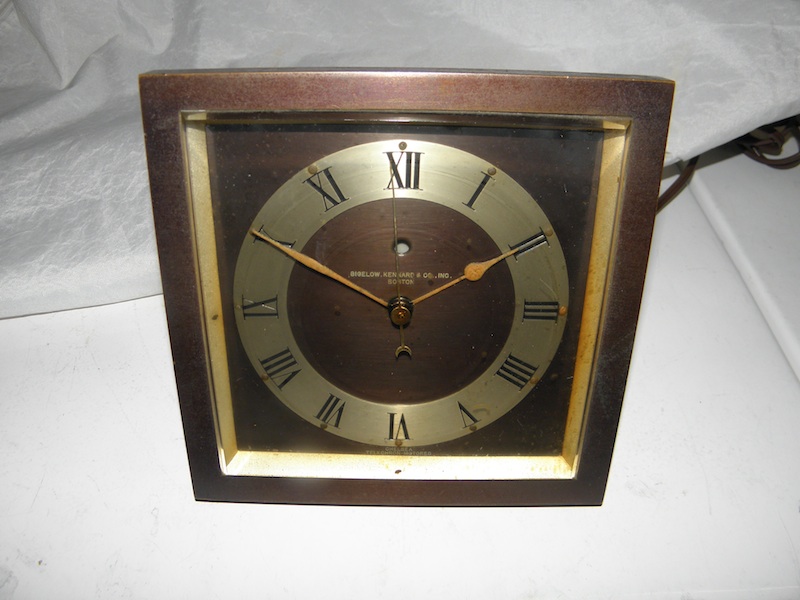mzeitlin3348
See it and Believe
I have a power meter plugged into my AC mains which shows me among other things, AC frequency, power, voltage, etc.
This morning, I noticed that my line frequency was not a rock solid 60 Hz. Instead it was 59.9 Hz. and stayed that way for about an hour and then bumped up. Don't clocks require a 60Hz signal to maintain accuracy? I also wonder how this happens given the frequency is set at the grid. Just curious
This morning, I noticed that my line frequency was not a rock solid 60 Hz. Instead it was 59.9 Hz. and stayed that way for about an hour and then bumped up. Don't clocks require a 60Hz signal to maintain accuracy? I also wonder how this happens given the frequency is set at the grid. Just curious



